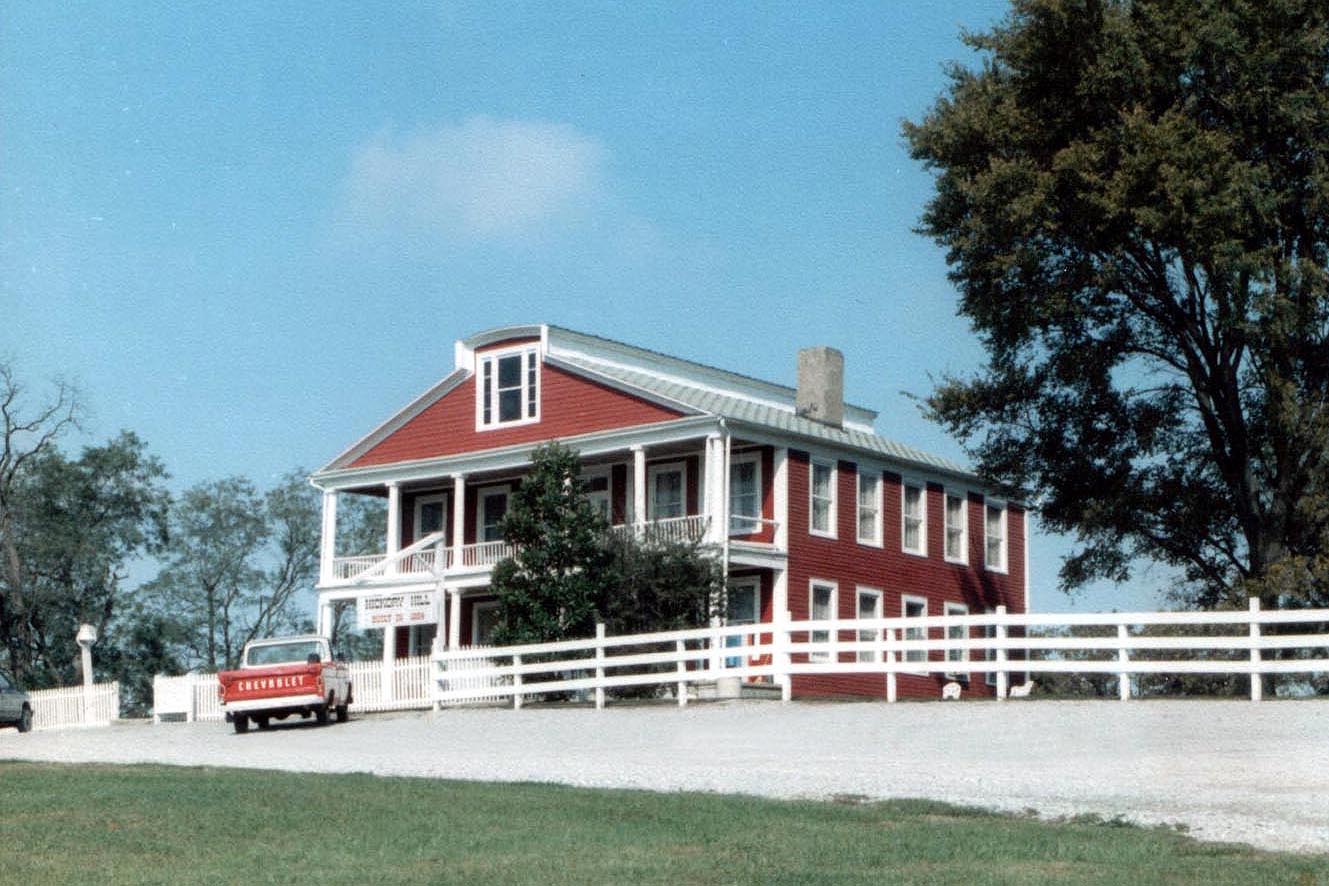
Folklore has a way of exaggerating what truly happened and while it may make for a more colorful story, it’s not always representative of how things went down. Todd Carr, President of the Hardin County Historical Society has become an expert on what’s known as the Crenshaw House, the Old Slave House, and perhaps more accurately but lesser known, Hickory Hill and it’s early occupants. To understand the history of the Crenshaws, you must first know what brought them from the Carolinas, the Great Salt Springs. Carr expanded on that and much more Monday night at the Shawneetown Public Library in a special presentation.
Despite Illinois joining the Union as a free state, Carr says enslaved people were already here as far back as the French in the 1600’s and a loophole was written into the Illinois Constitution legalizing the practice specifically for salt production. It allowed for leasing slaves as long as they were offered their freedom papers after a year of servitude. What slave owners, including Crenshaw, would do says Carr, is lease slaves from nearby slave states such as Kentucky, keep them for example 360 days, return them to Kentucky and re-lease them. The initial Constitution also allowed for indentured servitude, which Carr says is simply slavery by another name.
Crenshaw began by leasing salt wells and when the state of Illinois began offering them for sale in the 1820’s, he would purchase them outright. In 1830, he was running 3 of the 9 salt furnaces and owned some 700 enslaved people. By 1840, he owned all of the area salt furnaces.
You can watch Carr’s presentation in it’s entirety on the WROY/WRUL News facebook page or find it below. Carr also has books centered around the pirates and outlaws of Cave-in-Rock as well as a book on how the Shawnee National Forest came to be. You can learn more and find both of those books at https://www.thriftbooks.com/a/todd-carr/2690487/













